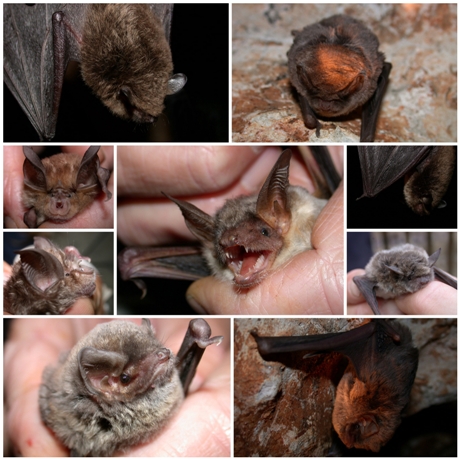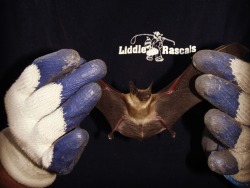“I’m Batman!”
Amongst superheroes, Batman represents a special character that can move effortlessly through the dark, unlit streets of the urban metropolis. Just like Batman, bats are creatures of the night that thrive without light.
Canada has 18 species of bats, including the brown bat, hoary bat and northern long-eared myotis. Each has its own stomping grounds.
Here are 10 interesting facts about wild bats
- Although you may not like bats, they might actually be doing you a favour by eating different types of insects, including wasps, dragonflies, beetles, moths, ants and grasshoppers. Bats, who eat plants, might also be very important pollinators.
- Bats use echolocation to navigate. This is a form of sonar where waves are sent out and the reverberations help the bat create a three-dimensional topographical map of its surroundings.
- Male bats are solitary, while females might gather into large groups for spawning and nesting purposes.
- Most bats are nocturnal, meaning they hunt at night. They prefer dry, warm evenings for catching insects flying in the air.
- Hibernation during winter is a common trait for bats. Mines, caves and attics are some of the most likely locations to find these winged rodents.
- The Big Brown bat has a stronger, more adaptable constitution than most of its brethren, so it can stand winter climates better. Most bats that are found during the winter months in your home are most likely to be the Big Brown Bat.
- The “white nose syndrome” of bats involves a fungus that forces bats to end their hibernation early. An entire colony of 6,000 bats in New Brunswick died as a result of the “white nose syndrome” circa 2012. Inhalation of bat manure can cause a mild respiratory infection, called “histoplasmosis.”
- Bats can spread rabies to humans by a simple scratch or bite. Since 1925, there have been five human cases of bat-cause rabies in Canada. Careless handling of bats is the primary cause of rabies.
- Fewer than 2% of Canadian bats are considered to be rabid. Usually rabid bats lose their ability to fly.
- The use of pesticides on bats in Canada is illegal, especially since some of the animals may be on the “Endangered Species List.”
As much as you may like these flying furry bats, they might by very dangerous and could spread infectious diseases. Bats are not pets and might feel threatened if you should approach them. If you need to remove one of these delightful bats from your attic in a safe and humane manner, then call “Liddle Rascals” at 416.356.5886 today.
Bats in your attic or home in Toronto or the Greater Toronto Area, contact Liddle Rascals Wildlife Control. We offer bat removal services that are safe and humane for both the residents and the animals in question. Our services include a thorough home inspection and advice on repairs, remedies, and prevention.
Expert Bat and Wildlife Removal in the Greater Toronto Area
We are available 24 hours a day, seven days a week.
Call us at (416) 356-5886 or contact us online.







Leave a Reply
You must be logged in to post a comment.